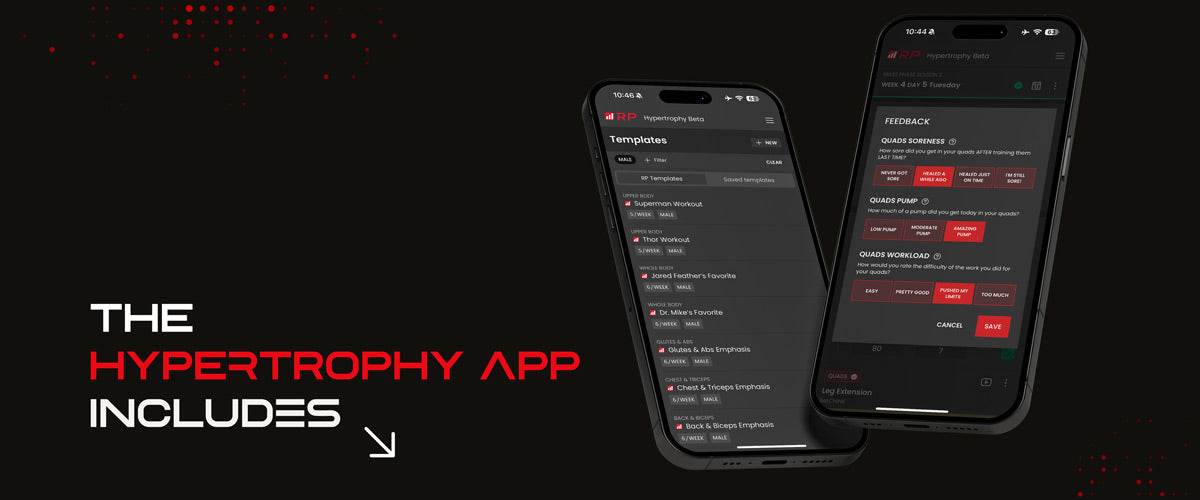Most lifters worry about making mistakes that slow progress — but some errors don’t just hurt your gains, they can hurt you. From ego lifting to programming disasters, here are seven of the most dangerous gym habits, why they’re risky, and what to do instead.
TL;DR
- Poor form and ego lifting top the list of injury risks.
- Neglecting fatigue management or training through pain leads to burnout.
- Skipping warm-ups or mismanaging volume can sabotage long-term progress.
- Correcting these habits early is key to staying healthy and growing consistently.
1. Ego Lifting
Adding more weight than you can handle might look impressive — until you tear something. Lifting with sloppy form to chase numbers is one of the quickest ways to get injured. Instead, lift loads you can control with good technique, and let progress build naturally.
2. Bad Form
Not all “bad form” is dangerous, but chronic breakdowns in technique under load are a recipe for joint pain. Your spine, shoulders, and knees aren’t indestructible. Video yourself, get feedback, and prioritize execution over ego. Movement quality matters more than load alone.
3. Ignoring Pain
Training through pain — especially sharp or localized pain — isn’t hardcore, it’s short-sighted. Discomfort and soreness are normal, but real pain is a red flag. Stop the movement, assess the issue, and seek expert input if needed. Long-term progress depends on staying in the game.
4. No Warm-Up Sets
Jumping into your working weight without warm-up sets is a great way to shock your joints and connective tissue. You don’t need a 30-minute foam rolling routine — just a few lighter sets to get blood flowing and movement patterns dialed in.
5. Ignoring Fatigue
If you’re constantly pushing to failure or maxing out every week, you're setting yourself up for burnout. Volume and intensity must be balanced with recovery. It’s okay to train hard — just not all the time. Strategic deloads and fatigue management are part of smart programming.
6. Overly Random Workouts
Switching exercises every session might keep things exciting, but it prevents consistent overload and increases the risk of poor form on unfamiliar movements. Pick a few key exercises and get strong at them over time. Save novelty for small tweaks, not weekly overhauls.
7. Poor Programming
Programs with no clear progression, uneven volume, or too many high-RPE sets every day are a fast track to injury. A good program should gradually build stress, manage fatigue, and include easier days. If every workout leaves you wrecked, it’s not “hardcore” — it’s short-lived.
Want Smarter Tracking? Let the App Do the Work
Tracking your sets and reps in a notebook or spreadsheet works — but there’s a smarter way to manage progression. The RP Hypertrophy App takes care of set adjustments, rep targets, and volume regulation automatically. Just log your performance after each set, and the app handles the rest.
Bonus: You can choose your exercises and build a custom plan that actually works for you. No more guessing — just results.
Final Thoughts
Training hard is important, but training smart keeps you in the game long enough to actually see results. Fixing these seven mistakes won’t just make your workouts more effective — it’ll make them sustainable. Strength is a long game. Don’t let ego, poor habits, or sloppy planning cut it short.
